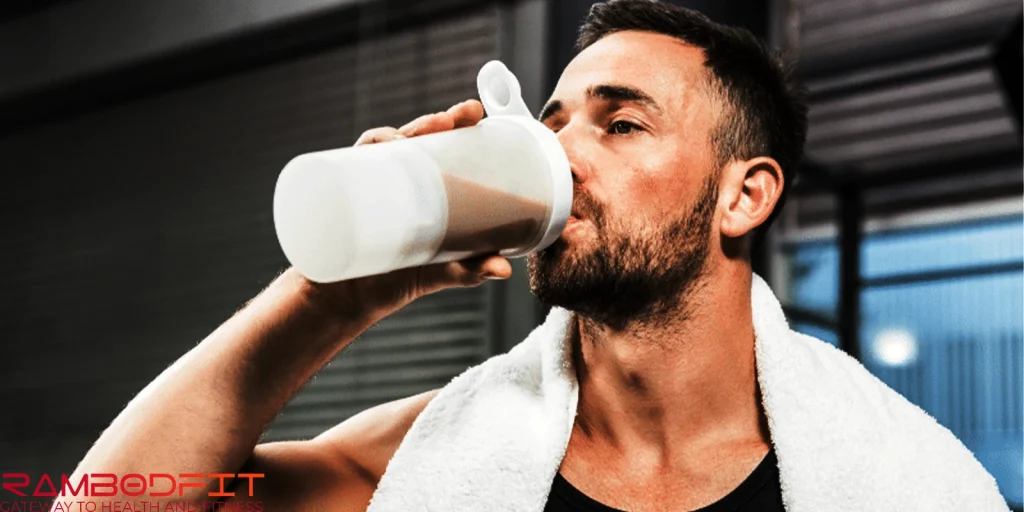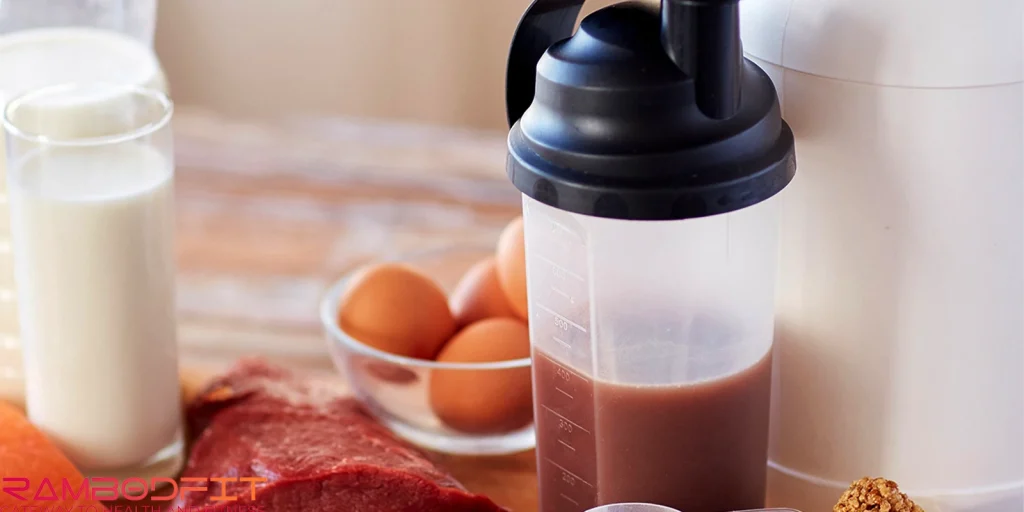


Man, when I first started hitting the gym, you’d think that shaker bottle was surgically attached to my hand. I mean, I’d chug my protein shake like my biceps were gonna shrivel up if I even glanced at the clock. Ten minutes after my last rep? That was basically the cutoff before my “gains” went poof—at least, that’s what all the gym bros and sketchy fitness blogs had me believing about protein timing muscle growth.
This whole “anabolic window” thing? It’s like the Loch Ness Monster of fitness. Supposedly, there’s this tiny magic window after you work out where your muscles are just begging for protein, and if you miss it—well, tough luck, buddy. Good luck growing those guns, at least if you buy into the hype of protein timing muscle growth.
But, honestly, does scarfing down protein right after you rack the weights actually do anything special for building muscle or getting stronger? Or is it just one of those gym myths that refuses to die? Let’s tear into what the old-school lifters, actual science, and, you know, people who’ve tried stuff in the real world have to say about protein timing muscle growth. Here’s the lowdown from Rambodfit.
Table of Contents

Hypertrophy is the scientific term for muscle growth. It happens when your muscle fibers get larger in response to resistance training, like lifting weights or doing bodyweight exercises. When you challenge your muscles with enough intensity, tiny tears form in the muscle fibers. During recovery, your body repairs these fibers, making them bigger and stronger than before. This process is the foundation of bodybuilding, strength training, athletic performance, and even strategies like protein timing muscle growth.
Man, the way people used to panic about post-workout protein? Wild times. Seriously, for ages, the bodybuilding crowd acted like missing that magical “anabolic window” was a cardinal sin. Like, you’d finish your last rep, and someone would practically shove a shaker bottle in your face—“Bro, hurry up, you’re wasting muscle!” No joke, I watched dudes at my gym drop whatever they were doing—halfway through a story, sprinting like their gains depended on it, just to chug some gritty protein sludge. Honestly, it looked like some weird Olympic sport: speed-shaking. But looking back… was there any real science behind that panic about protein timing muscle growth, or was it just another gym myth blown way out of proportion?

The fitness landscape took a turn in 2025 when a meta-analysis was published that challenged this long-standing belief (PubMed study, 2025).
Alright, here’s the scoop:
• Slamming a protein shake right after your workout? Turns out, it didn’t really beat having protein before you hit the gym when it comes to packing on muscle or getting stronger. Not by a long shot—protein timing muscle growth isn’t as critical as the hype suggests.
• Actually, get this—some folks who chugged their protein before leg day even saw a bit more strength gains than the post-workout crew. Go figure. Protein timing muscle growth seems more flexible than we thought.
Bottom line? The whole “protein timing” obsession might be a little overhyped. You don’t have to sprint for your shaker bottle the second you rack your weights. Relax, and focus on total daily intake rather than stressing about protein timing muscle growth.
Alright, let’s cut through the gym-bro myths for a sec. Muscle protein synthesis—aka your body patching up and building new muscle—doesn’t just go nuts for half an hour after you toss down your last dumbbell. Nah, it actually stays cranked up for, like, a whole day, sometimes even two, depending on your genes, how hard you went, and what you’re feeding yourself. Protein timing muscle growth is real, but it’s way more forgiving than people make it out to be.
So, forget that panic about chugging a protein shake before your sweat even dries. You’ve got time. Loads of it. The whole “you must pound protein within 30 minutes or your gains vanish” thing? Old news. What’s actually important is hitting your daily protein targets and making sure you’re not getting all your amino acids from, like, gas station hot dogs. That’s the real key to protein timing muscle growth.
Honestly, I put this to the test last year when I was traveling all over the place. Sometimes, I couldn’t scarf down a shake till a couple of hours after lifting. Didn’t matter. Still hit my daily protein, still got stronger, still recovered just fine. No muscle fairy came and stole my gains because I waited too long. So yeah, chill out and focus on the big picture, and don’t stress over the tiny details of protein timing muscle growth.
Look, here’s the real deal:
• Getting enough protein each day? That’s the MVP, hands down. Protein timing muscle growth is important, but it’s nowhere near as crucial as total daily intake.
• Don’t lose sleep over when you eat it — just make sure it’s good stuff. Think chicken, eggs, whey, beans, fish… You get it.
• Timing? Eh. That’s at the bottom of the list. Slam your protein before or after you lift; it doesn’t really matter as long as you hit your numbers. That’s the practical approach to protein timing muscle growth.
So, if your gym skips the fancy smoothie bar or you left your shaker bottle rolling around in your backseat, whatever. Your muscles aren’t gonna vanish before you hit your driveway. Relax, and focus on consistent protein intake over obsessing about protein timing muscle growth.

Honestly, the whole “protein timing” thing? Kinda blown out of proportion. People love to act like chugging a shake right after your last rep is gonna magically turn you into The Hulk. But, look, the latest research—yeah, that 2025 meta-analysis everyone’s buzzing about—basically says it’s the total amount of protein you eat (and, you know, whether it’s actually good quality) that really matters. Protein timing muscle growth plays a role, but it’s not the magic switch everyone makes it out to be. Doesn’t matter if you scarf it down pre-workout, post-workout, or at 2 am next to your fridge in your pajamas.
So, next time you’re freaking out because you left your shaker at home, chill. Your muscles won’t shrivel up and die. What actually moves the needle is showing up, eating well, and not skipping leg day (seriously, don’t skip leg day). Forget the mythical 30-minute “anabolic window”—it’s mostly gym bro folklore at this point, and focusing on protein timing, muscle growth should be secondary to hitting your daily protein goals.
Not necessarily. As long as your total daily protein intake is sufficient, the exact timing (before or after training) makes little difference for muscle growth.
Most research points toward 1.6–2.2 g of protein per kilogram of body weight per day for maximizing muscle growth and recovery.
Elite athletes may benefit from fine-tuning timing during multiple training sessions in a single day. For most recreational lifters, however, the impact is minimal compared to overall protein intake.